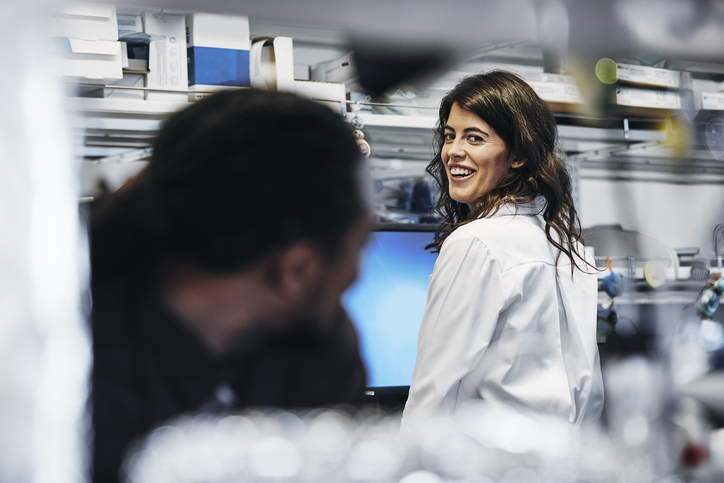Lab recording keeping is an essential task that not only helps capture experiments and protect IP, but also positions R&D teams to build off their collective research data and collaboratively innovate. But for many R&D teams, like those at global contract research organization (CRO) Charles River Laboratories, lab record keeping has become increasingly challenging due to a number of complicating factors, such as complex experimental processes, huge volumes and variety of data flowing from different software apps and lab instruments, and team members working across different research groups and partner sites with unique workflows and specialty tools.
To get a better handle on lab record keeping, many companies are adopting electronic laboratory notebooks (ELNs) to replace more manual data-collection processes, or they are upgrading to a modern ELN solution that is more aligned with their complex needs, such as in the case of Charles River Laboratories. Adopting a new ELN often involves months of work to secure a budget, source the right solution, and get buy-in from key stakeholders. Unfortunately, all that time and money spent is for naught if end users resist adoption because they can’t see the value in making a switch.
Five Key Steps to a Successful Electronic Laboratory Implementation
Charles River Laboratories avoided this resist-the-switch conundrum by following a step-by-step ELN rollout plan. This ELN migration plan helped the company successfully migrate 500 of its early discovery researchers in the UK and the Netherlands from an existing ELN to Dotmatics ELN for biology, chemistry, and DMPK. The switch was so successful that other Charles River Laboratories research groups, who were not part of the initial migration, were queuing up to switch to Dotmatics ELN.
Charles River Laboratories’ Director of Business Technology Partnership, Riannon Hambleton, who oversaw the company’s rollout of Dotmatics ELN, attributes the migration’s success to five key steps.
ELN Proof-of-Concept: Beyond supporting day-to-day workflows, Hambleton’s team explored whether Dotmatics ELN would be able to support their unique compliance, security, and system integration needs.
ELN Project Scoping: Early expectation management avoided later disappointment. The Charles River Laboratories team knew that scoping out project requirements needed to move beyond defining what would be included in a phase 1 rollout to also define would not be included in the ELN.
ELN Configuration: A preliminary test environment allowed the team to preview what the configured solution would look like. Would it support existing workflows? Would it make users’ jobs easier, not harder? Could any tweaks be made, or efficiency widgets added, to help end users be more efficient and get more excited for the change?
ELN Testing: The team ran the configured solution through its day-to-day workflows and also stress-tested it against special scenarios.
ELN Rollout and ELN Training: Gradual rollout of a few protocols at a time to select users helped to ease the transition, allow time for training and feedback, and minimize IT support calls. A team of superusers was established and given tools for helping others make the switch.
Read the Full Success Story
Charles River Laboratories Implementation of Dotmatics
The migration to Dotmatics ELN at Charles River Laboratories was a huge success. Some of the benefits the team noted were flexibility, time-savings, easier collaboration, better project visibility, and improved compliance.
Hambleton comments, “I have to say it was very rare to see such a positive experience all round when rolling out a new technology…We’re really looking forward to working with Dotmatics again to help further our move toward the lab of the future. Their solutions not only help optimize our in-house processes, but they also help us better serve our clients, which we know ultimately benefits patients.”
For the full story of Charles River Laboratories’ switch to Dotmatics, read the case study, “Implementing Dotmatics ELN into Charles River Laboratories’ ‘Lab of the Future.”
About the Dotmatics ELN
Dotmatics ELN simplifies the capture of complex lab workflows and experimental data. And, because it is part of world’s largest R&D platform, it can optimize end-to-end R&D processes by tying together everything teams need to innovate—from their specialty biology and chemistry tools and instruments, to the lab systems they use to manage work requests, inventory, assay data and entity registration, to the data management, visualization and analysis tools they rely on to make data-driven research decisions.
Contact us to learn more about Dotmatics ELN and Platform and how we’ll work with your team to ensure your migration is a success.




